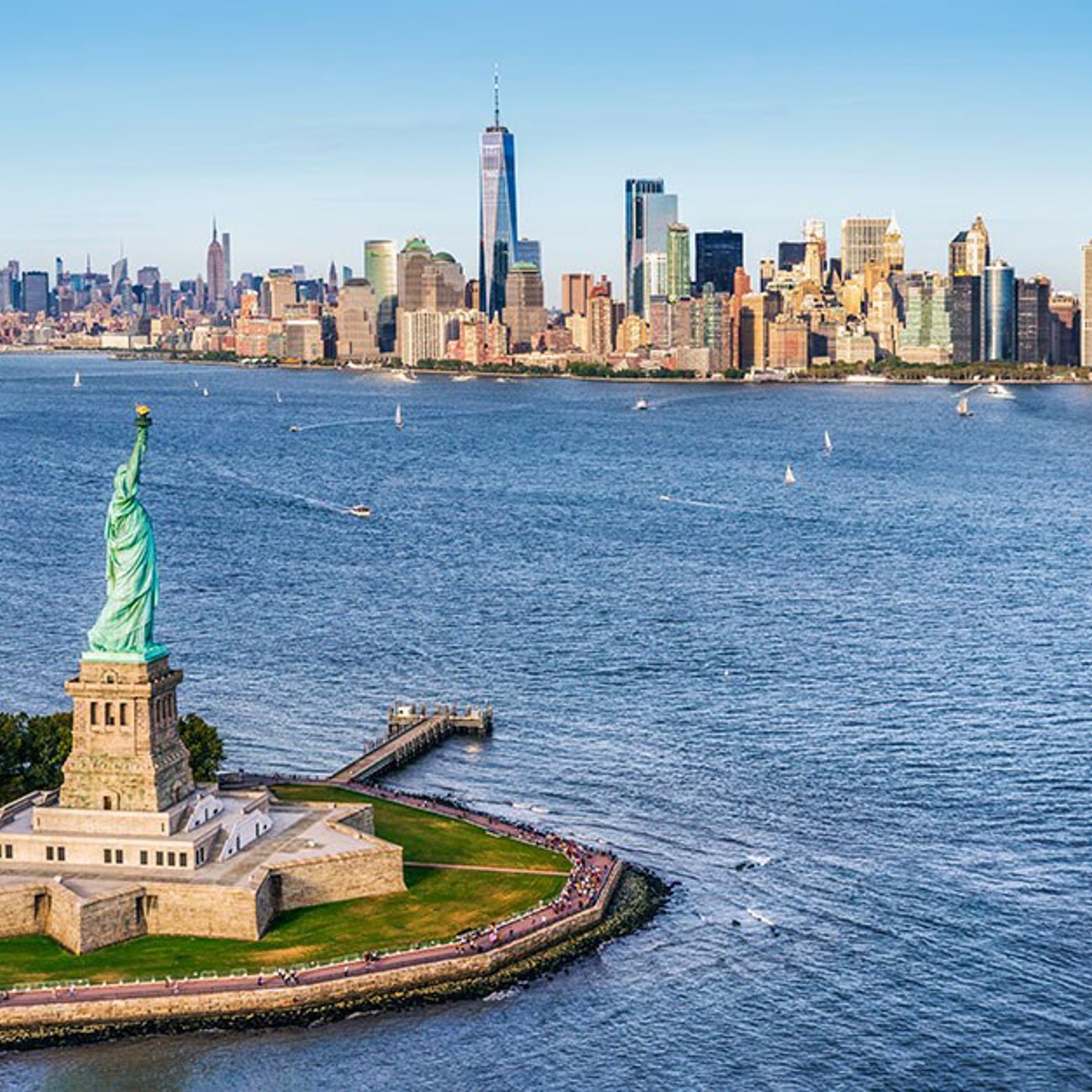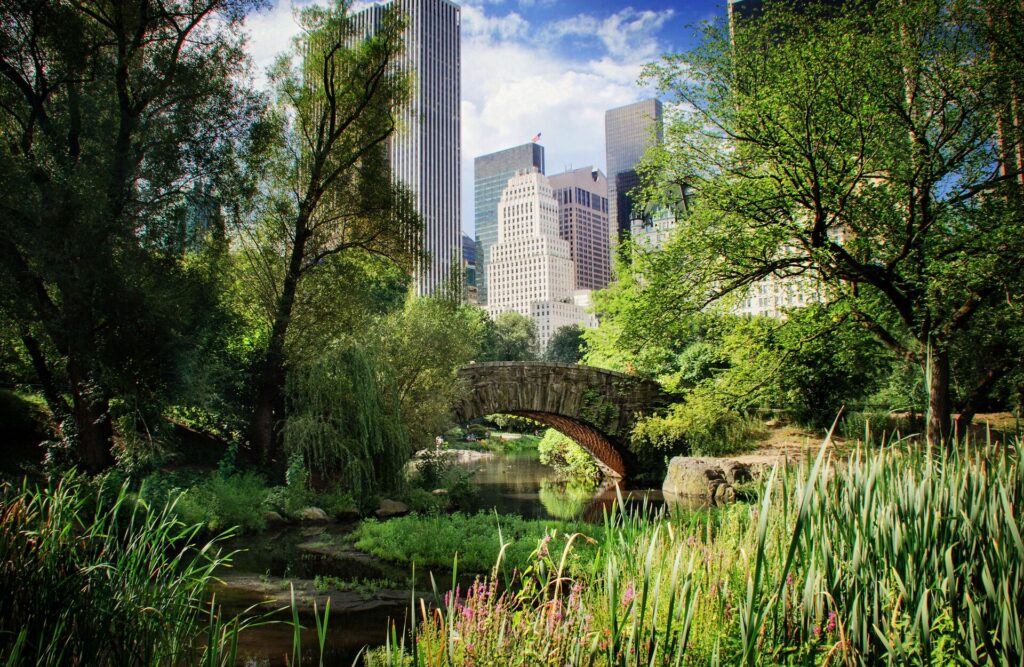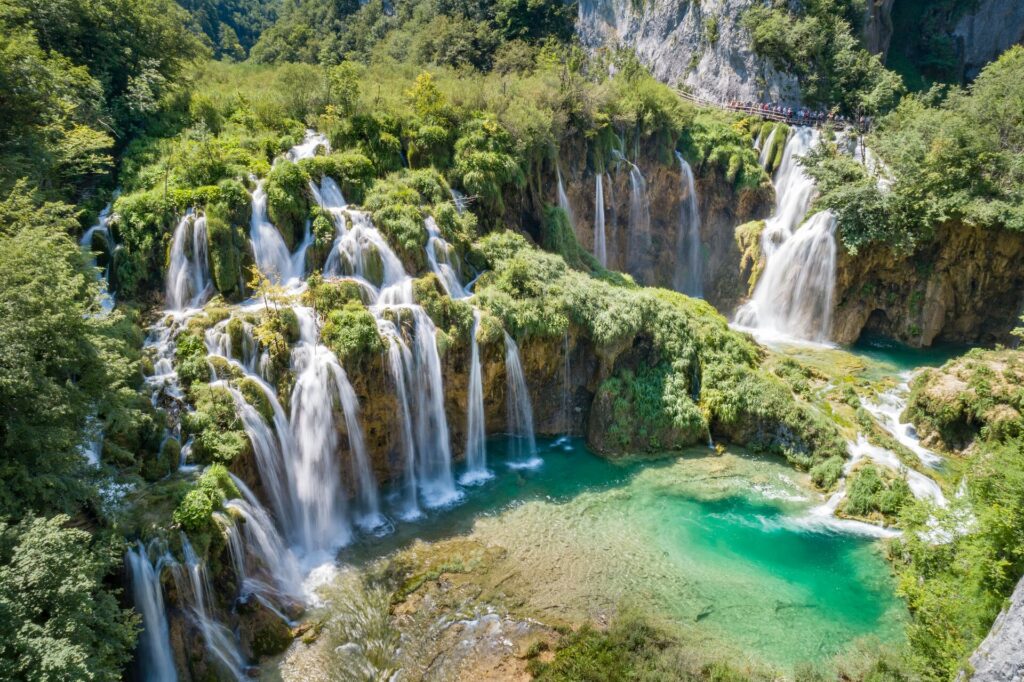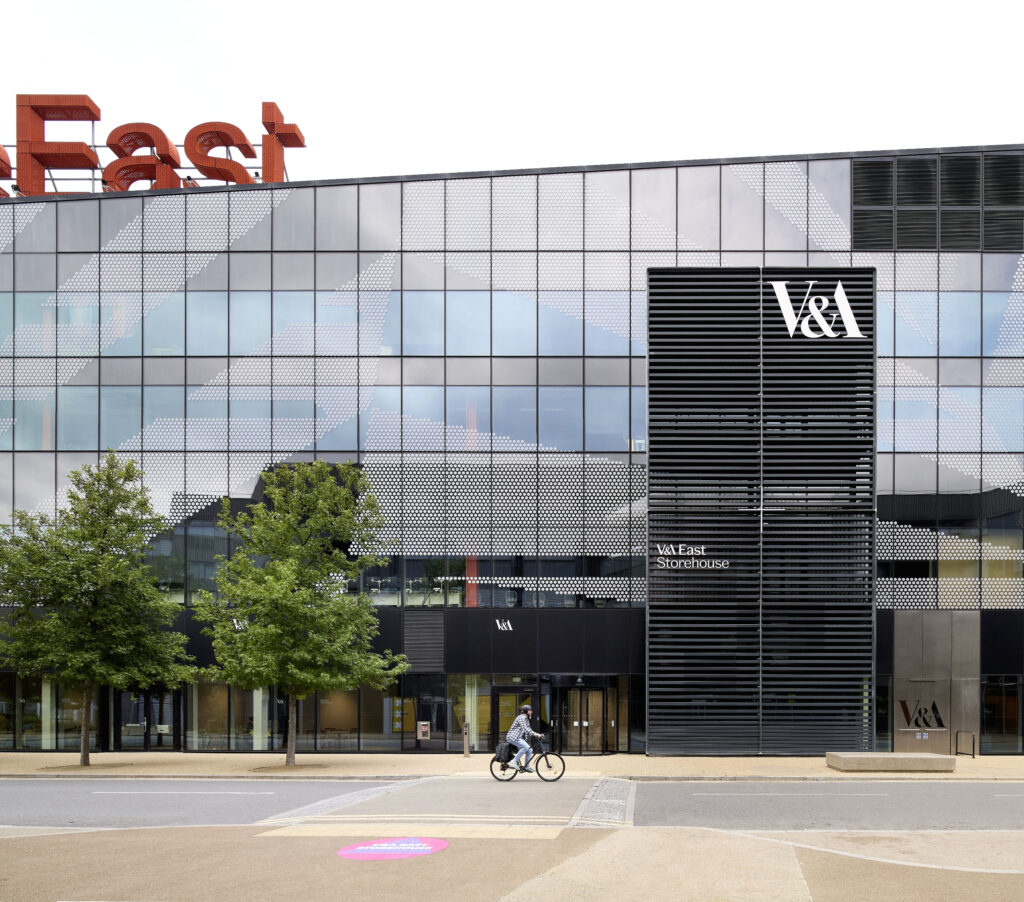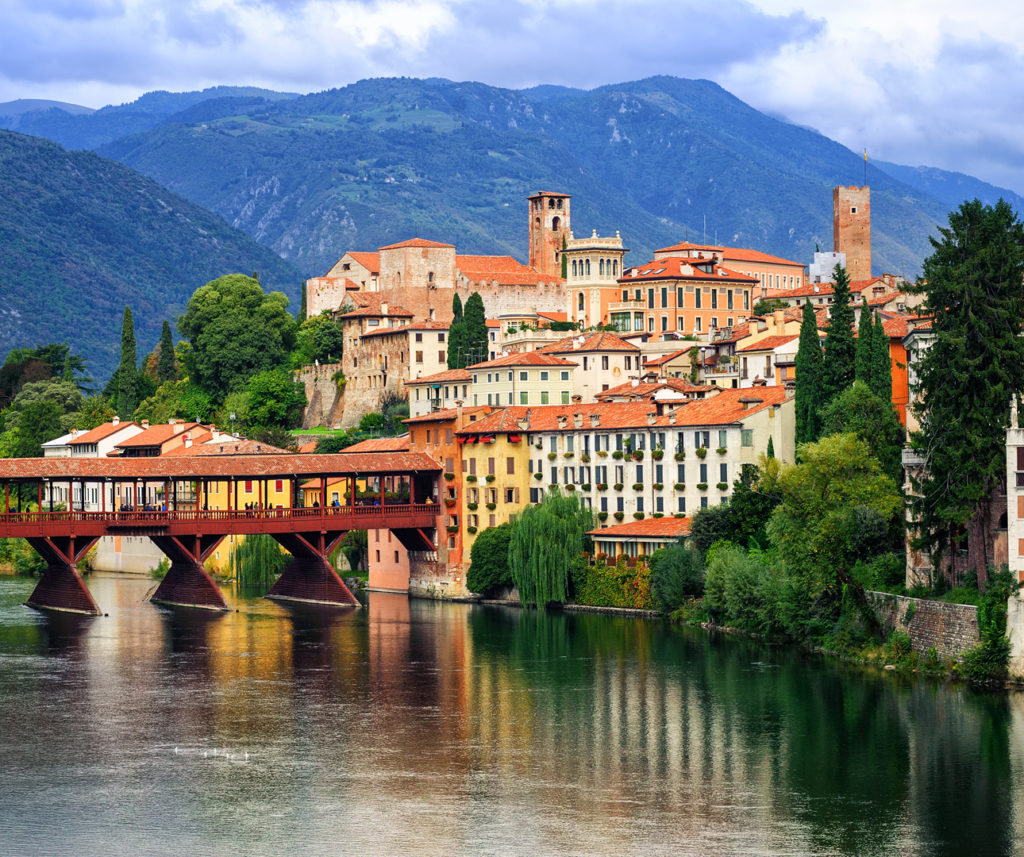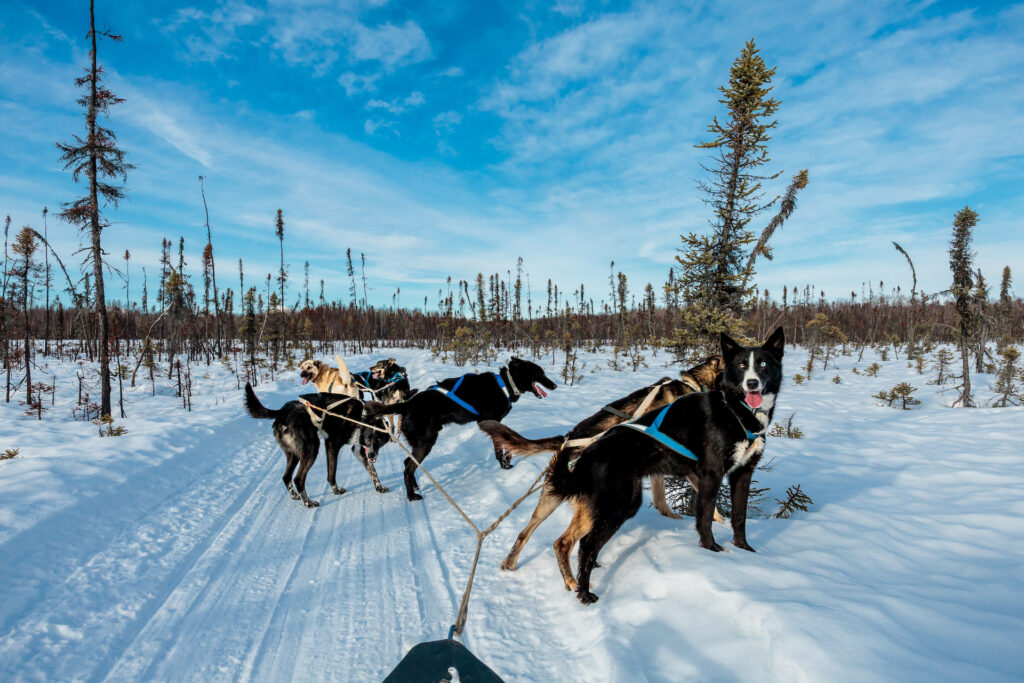Poignant history comes to life before your eyes at the National Civil Rights Museum
New York’s History Is Multiculturalism at Its Finest
New York City is one of the most culturally diverse cities in the world, with dozens of ethnic enclaves and neighborhoods, and hundreds of different cultures, cuisines, and languages. New York’s population is around eight million people, and around 37% of residents are foreign born, with African American, Hispanic and Latino, and Asian people making up over 67% of the population. So how did it come to be the melting pot of the world?
For decades, New York was the main port of entry for most immigrants arriving in the US, as people flocked to the city to escape persecution and pursue the American Dream. New York City was built by immigrants and over the years they’ve created their own unique neighborhoods where multiculturalism thrives. We dive into New York’s history and find out how it became the cultural capital of the United States, and explore some of the city’s vibrant ethnic neighborhoods.
From New Amsterdam to New York
The area now known as Manhattan Island was once a 17th-century Dutch settlement called New Amsterdam. In 1624, it became the capital of the province, New Netherland, with a strategic fort to defend the trading centre of the Dutch fur trade operations in the Hudson River. By 1664, there were 9,000 people living in New Netherland, with 2,500 of them living in New Amsterdam.
On 8 September 1664, the Dutch surrendered New Amsterdam to the British. They renamed it New York after the Duke of York, who would go on to be King James II of England and Ireland and King James VII of Scotland. This arrangement was formalised after the Second Anglo-Dutch War, when England and the United Provinces of the Netherlands created the Treaty of Breda, agreeing that England would keep New York and the island of Manhattan. Today, New Amsterdam is now New York City’s downtown, known as Lower Manhattan.
The beginning of a cosmopolitan New York
Over a century later, New York became the first national capital in 1785. The first United States Congress met at Federal Hall on Wall Street in New York City, where they declared the new United States Constitution and elected George Washington as the first President of the United States. In 1790, the first Supreme Court sat at Federal Hall, while in 1791, the United States Bill of Rights was ratified there. New York City was the nation’s capital for five years, with Philadelphia becoming the new capital in 1790.
The rise of New York immigration
By the 19th century, waves of European immigrants arrived in the city, changing the landscape and New York’s history forever. Immigrants came here to work in the booming industries, and since then, New York has been the main entry port for many immigrants throughout history, from the Irish Famine to the World Wars.
As the population grew, so did the development of the city. The Commissioners’ Plan of 1811 expanded the city street grid across Manhattan, while the 1825 opening the Erie Canal connected the city to the markets of the Midwestern United States and Canada. In 1835, New York eclipsed Philadelphia as the largest US city and has remained the largest city in the US since then.
The Great Irish Famine, lasted from 1845 to 1852. During this time, up to two million Irish sailed to the US to escape the famine and seek refuge. By 1850, the Irish made up one third of the city’s total population and continue to have an immense influence on New York’s history and the cultural fabric of the city.
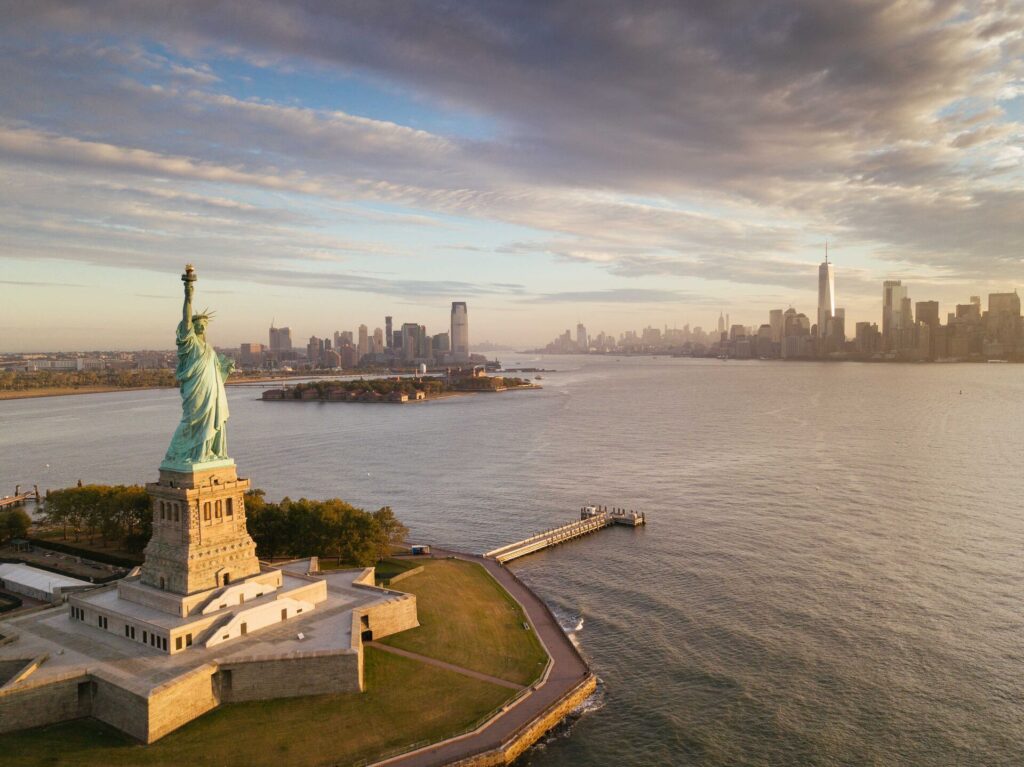
The Statue of Liberty and the great American dream
The rate of European immigrants continues to grow for decades to come, with the New York City being the first stop for millions of people seeking a new life in the US. The dedication of the Statue of Liberty in 1886 became a welcoming symbol for immigrants. Between 1886 and 1924, around 14 million immigrants entered the US through New York, and the Statue of Liberty and her uplifted torch was a reassuring symbol of hope.
An immigrant processing station opened at Ellis Island in 1892 under the shadow of Lady Liberty, and in 1883 Emma Lazarus donated her poem “The New Colossus” to raise funds for the construction of the pedestal of the Statue. The poem depicts the State as offering safe haven to new immigrants escaping persecution and violence. In 1903 the poem was engraved on a bronze plaque and put on the base of the Statue. It reads:
“Give me your tired, your poor, your huddled masses yearning to breathe free, the wretched refuse of your teeming shore, send these, the homeless, tempest-tossed to me, I lift my lamp beside the golden door!”
Immigration in the early 20th century
The influx of immigrants lead to the skyrocketing development of New York in the early 20th century. The city became the centre of trade, industry, finance, commerce, communications and pop culture for the whole country. The first New York City subway began in 1904 and the Grand Central Terminal and Pennsylvania Station continued to flourish. Skyscrapers began to blossom and New York City had the tallest building between 1908 and 1974.
By 1925, New York superseded London as the world’s most populous city, a position London had held for over a century. The Great Depression and the Wall Street Crash came in 1929, and while these were difficult years, the city kept on building. During the 1930s, some of the world’s tallest skyscrapers were built in New York, including the iconic Empire State Building, 30 Rockefeller Plaza, and the Chrysler Building. Then came World War II, which lead to another boom in immigrants from Europe. The city also welcomed a large number of African American migrants from the American South during the Great Migration of the 1940s.
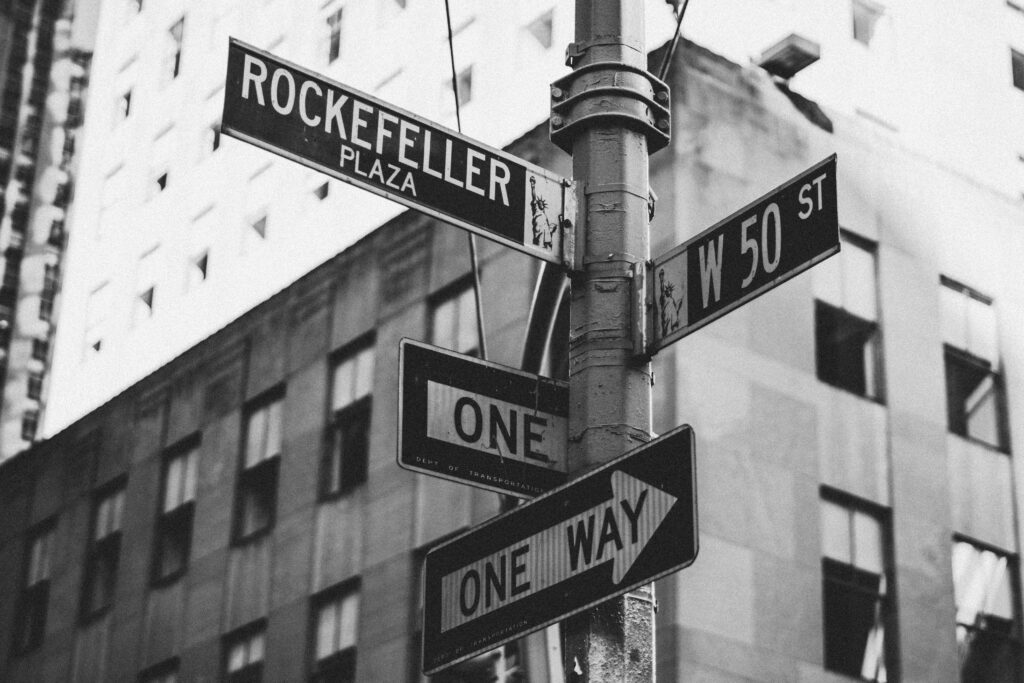
The effect of WW2 on New York
The return of WWII soldiers and the arrival of European immigrants lead to an economic boom. The city was reshaped by the expanding of parks, streets, and bridges, while many corporations and organisations moved their headquarters to New York. There was huge growth in the finance, medical, education, communications, law and tourism sectors and the city continued its reign as the largest city in the US and financial, commercial, and cultural powerhouse of the country. With the revival of Wall Street in the 1980s, New York well and truly cemented its position on the world finance stage.
Many unique ethnic neighborhoods continued to be established with the arrival of Asian and Latin American immigrants throughout New York’s history. In 1989, the city elected its its first African American Mayor, David Dinkins.
Save up to $3,000* per couple on your first Premium Tour
Plus receive latest offers, travel inspiration, and discover how your travels will make a positive impact. Together, WE MAKE TRAVEL MATTER®. Subscribe NowNew York diversity today
Today, New York City is the world’s greatest melting pot, where you’ll find vibrant and diverse cultures and ethnic neighborhoods all across the five boroughs of the city. As immigrant groups arrived and gathered into different neighborhoods throughout New York’s history, they created enclaves filled with diverse cultures, languages, cuisines, and different ways of life.
Here are some of our favorite ethnic neighborhoods that have been established across the five boroughs throughout New York’s history.
Manhattan:
Established in the late 19th century, New York’s Chinatown is one of the largest Chinese communities outside Asia. As of recent estimates, it has population of over 90,000 residents, with a significant percentage being first-generation Chinese immigrants. In Little Italy you’ll be bowled over by nostalgia. Once the heart of Italian American culture, Little Italy’s boundaries have diminished over the years, but it still retains its iconic identity, with roots trace back to the late 1800s. A smaller yet bustling neighborhood, Koreatown emerged in the 1960s, primarily driven by immigrants seeking better opportunities. Today the community has approximately 10,000 residents.
Also, in Manhattan you can enjoy Little Dominican Republic in Washington Heights, which has transformed into a cultural hub filled with Dominican restaurants, shops and music. Plus, Little Senegal in Harlem. This neighborhood reflects a significant Senegalese diaspora in New York, estimated at around 15,000 people.
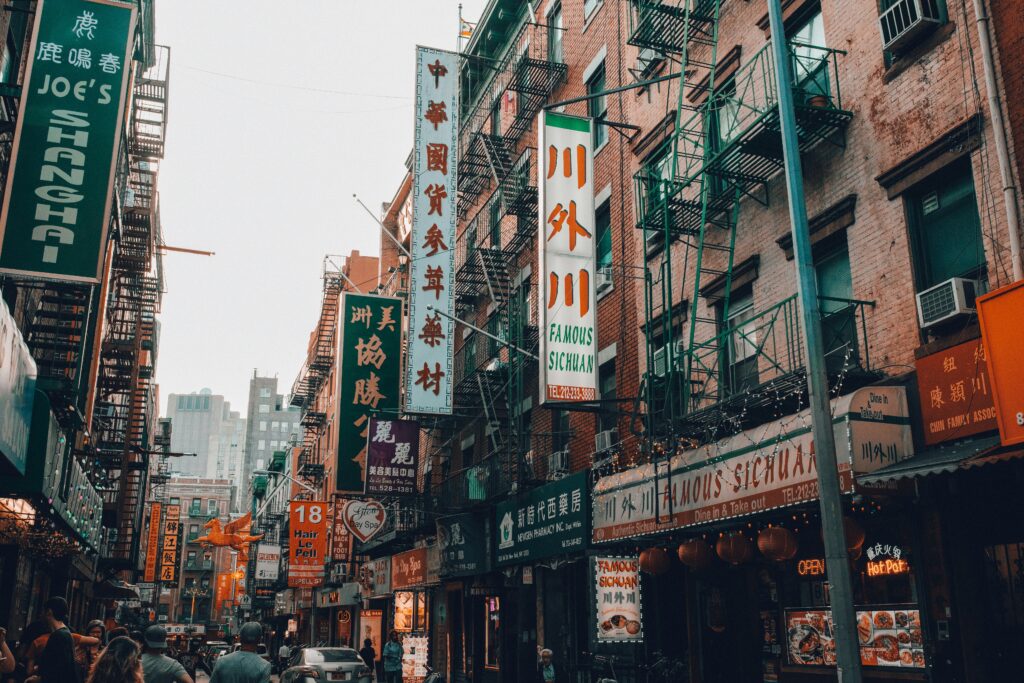
Queens:
Flushing is home to a diverse Asian population, including Chinese, Taiwanese, Korean, and Vietnamese communities and is reknowned for its vast array of Asian markets and restaurants. Get a taste of the Caribbean, even on a cold day in Little Guyana, Richmond Hill. The area has grown significantly since the 1970s due to Caribbean migrations and is known for its flamboyant street celebrations, particularly during festivals. Little Greece, Astoria has been a hub for Greek immigrants since the late 19th century and Little Manila is one of the city’s main Filipino enclaves.
Jackson Heights reflects remarkable multiculturalism, home to Little Colombia, Little Tibet and Little India, showcasing rich traditions from each culture. Here around 63% of the population are foreign born and 167 different languages are spoken.
Brooklyn:
Brooklyn is home to several vibrant ethnic enclaves. Little Poland in Greenpoint, established in the early 20th century, features traditional Polish bakeries and shops, sustaining a community of around 25,000 residents. Little Odessa in Brighton Beach showcases a blend of Slavic cultures, with over 72% of residents being foreign-born. Little Pakistan along Coney Island Avenue and Little West Indies in Crown Heights also contribute to Brooklyn’s multicultural landscape.
The Bronx:
Little Ireland in Woodlawn is an enclave for Irish immigrants and Irish Americans, along with a community of Italian Americans, brimming with pubs and cultural institutions that celebrate Irish heritage. The area has an estimated Irish-American population of about 10,000 and remains a close-knit community. The numerous Irish pubs, grocers, community centers and travel agencies found along “The Emerald Mile” reflect a rich history and a strong, enduring Irish presence and pride within the community.
Staten Island:
Little Sri Lanka in Tompkinsville, has become the vibrant hub for the Sri Lankan community in New York City, particularly since the late 20th century. This is the place to go for authentic roti and spicy sambol, thanks to a thriving Sri Lankan community.
To experience New York City’s vibrant neighborhoods and diverse cultures firsthand, explore our range of guided vacations.
LIKED THIS POST? SHARE WITH YOUR COMMUNITY
